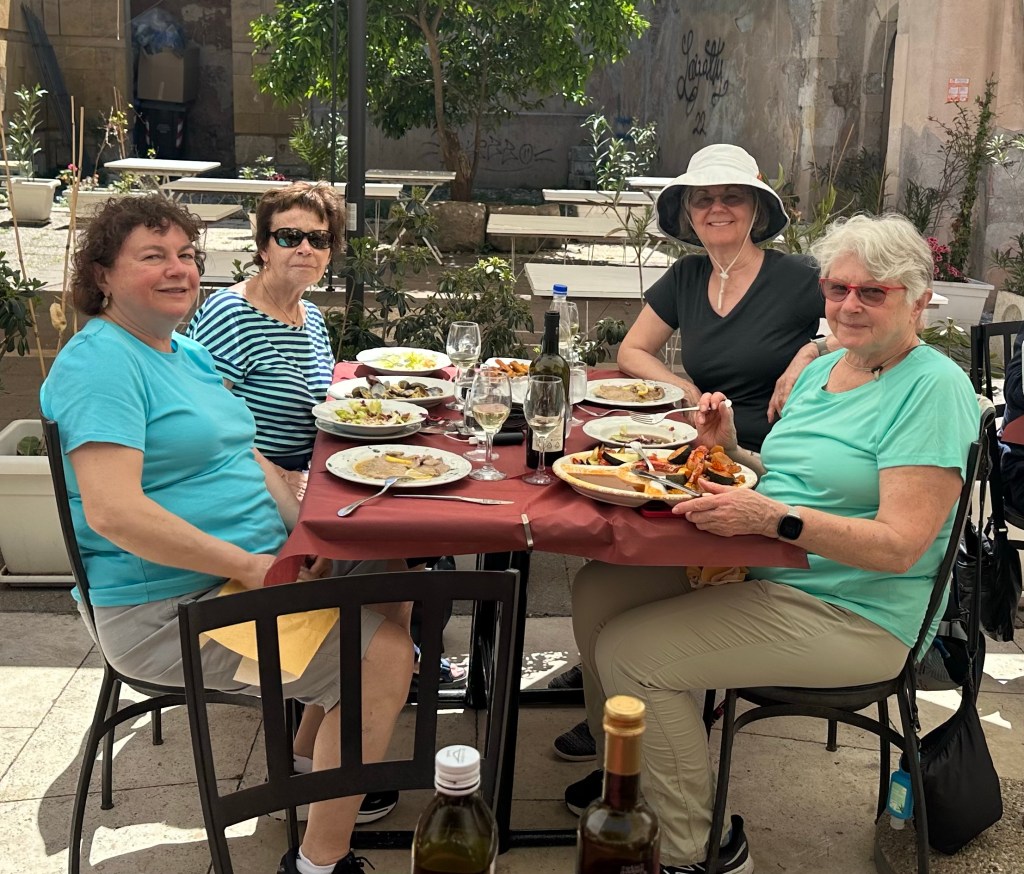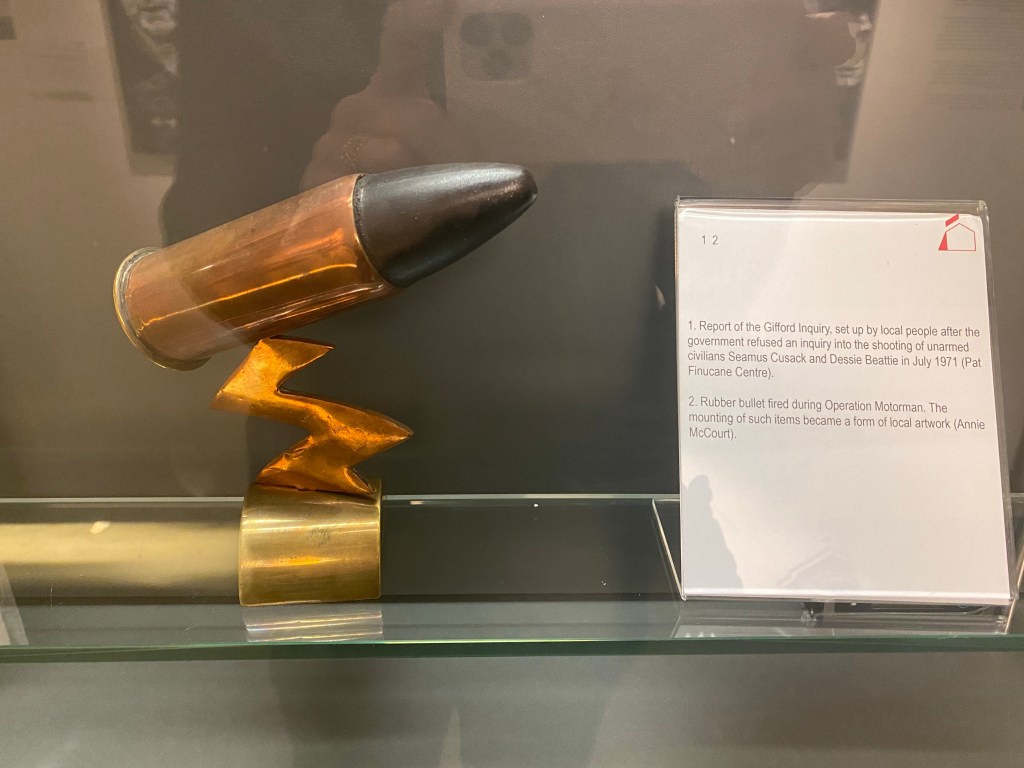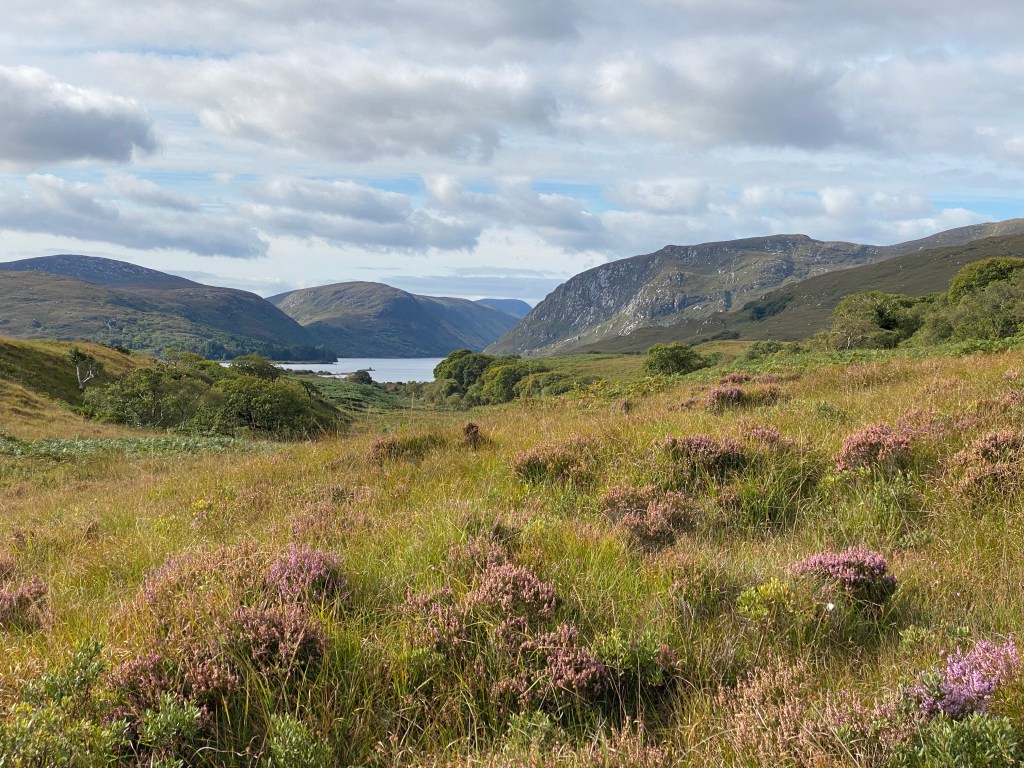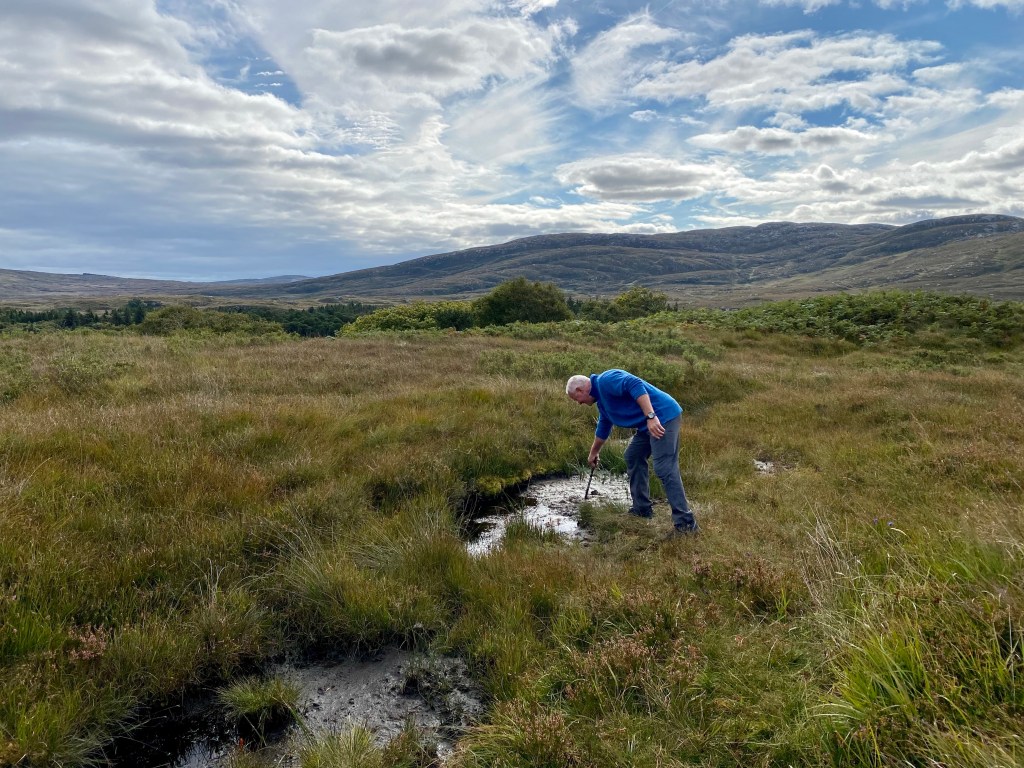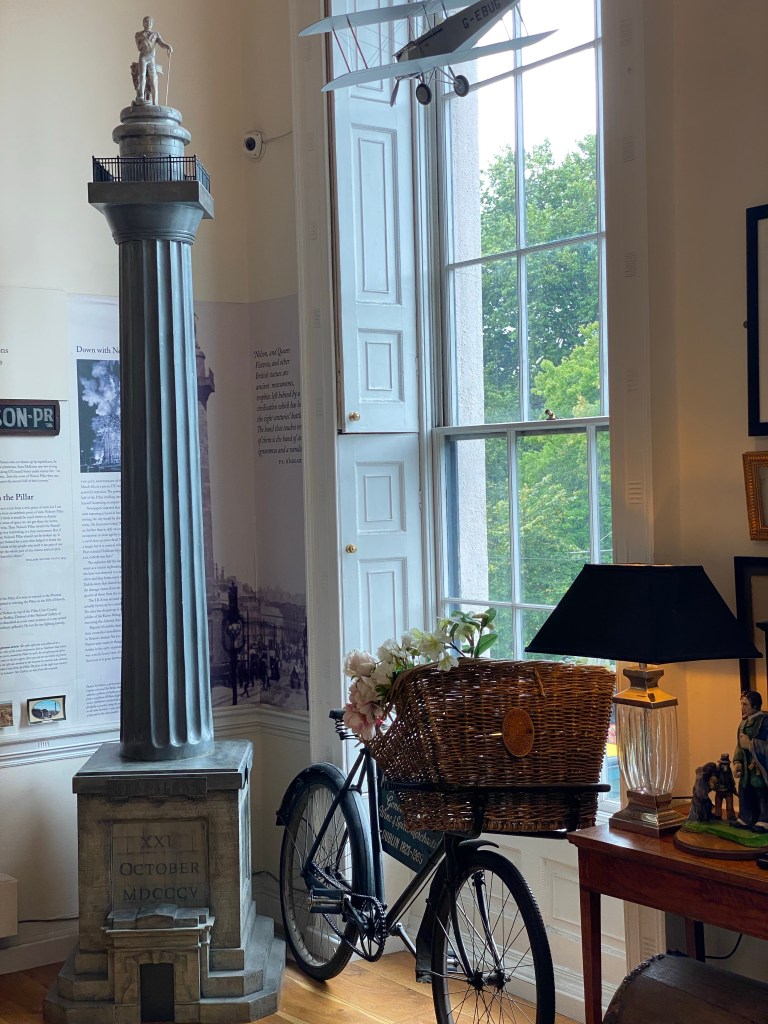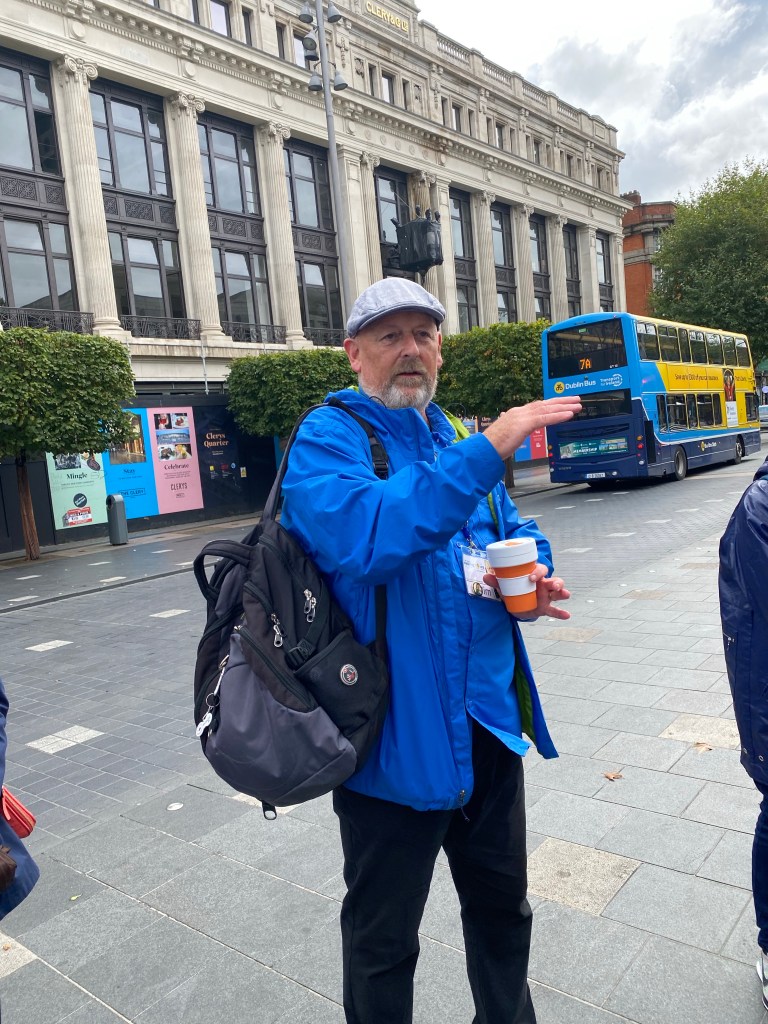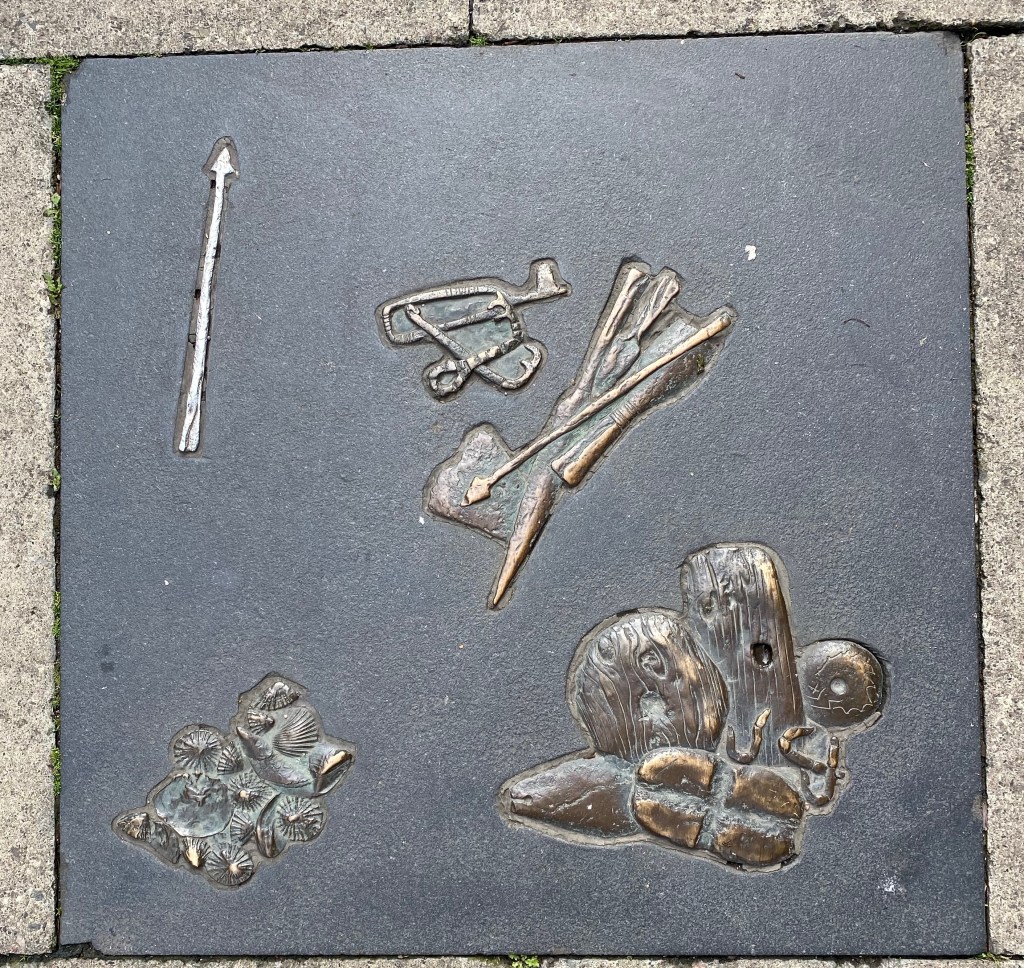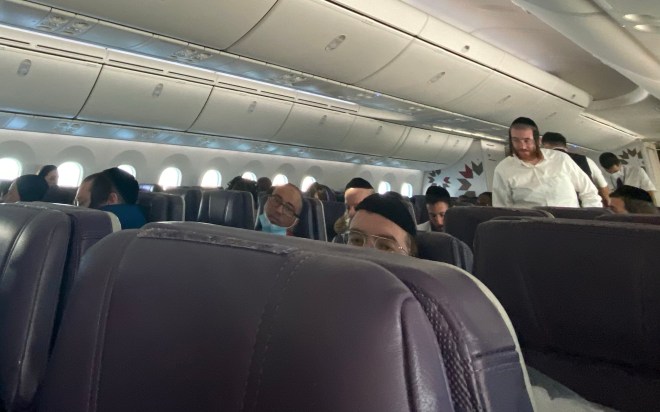2020 was supposed to be Mike’s and my biggest travel year ever. It feels like a lifetime ago that we booked trips to Croatia, Germany, Japan and Egypt. We (more likely the optimist of this twosome) were so confident that covid would be over in several months that we didn’t take a cash refund. Instead we opted for travel credits with bonus incentives.
Fast forward three and a half years. I’m now working my way through those credits, beginning with this trip to Eastern Europe, which starts with OAT’s pre-trip to Tirana, Albania.
One of the many reasons I enjoy traveling with Overseas Adventure Travel (OAT) is the ability to customize my trip. I figure if I’m going to subject my body and my money to a cross Atlantic flight, I’m going to stay for as long as I can, so in addition to the pre-trip, I decided to fly in a day early to get acclimated.
So far, everything has gone smoothly, starting with a great experience on Austrian Air. Passport control at Tirana’s airport was incredibly efficient. You scan your passport, which opens a gate, then get your picture taken, which opens a second gate and you’re DONE. It was so FAST. But the time I gained at passport control, I lost in bumper to bumper traffic on the way to the Oxford hotel. It took over an hour to go 11 miles, making me feel like I was back in Houston, Texas. The timing actually worked out fine, because by the time I got to the hotel, I only had to wait about 10 minutes for my room to be ready.
The room is small, but lovely, with a shower that makes the standard size in cruises look huge by comparison. I suspect I’ll be missing Mike even more than usual tomorrow morning, because when we traveled, he always showered first, figuring out how the fixtures worked, and setting the temperature just right for me. (It’s always those little things that do you in when you lose your spouse).
Take a look—no need for a bidet in this bathroom. All you have to do is swivel and lift your butt. That is, if you can figure out which faucet turns on which of the two shower heads. Yes, tomorrow will indeed be interesting because there’s not a lot of room for error. Fortunately we learned the ‘towel on the shower floor’ trick because I’ll bet that marble makes the floor extremely slippery when wet! I just hope that floor drain isn’t clogged!

But enough bathroom humor. What about the town, you ask? I remember Laura, our guide in Patagonia telling us, “There’s no such thing as bad weather; only inappropriate clothing choices.” Fortunately, I packed appropriately, and checked the weather so I wasn’t daunted by the rain. It also helps that the Oxford is perfectly located—right across from a mall ( where I bought 3 liters of water for less than $1), close to ATMS, cafes and restaurants, squares and sights. I love the art on the sides of buildings.


I was surprised that George W Bush had a major street named after him in Tirana. I recall the people in Africa revered him because of his involvement during the AIDS crisis. But Albania? Clearly he has his admirers—and some detractors— who covered his name with stickers.

Tirana is full of surprises—here’s another: The Italian Institute of Culture building. I know from experience that Albanians make fantastic Italian food. My favorite Italian restaurant is run by Albanians. Clearly there is a bond between those two countries that I will explore with my guide when I meet him tomorrow.

This area was once part of the Ottoman Empire, so I was not surprised when I passed a mosque just in time for the call to prayer. If you want to check out the weather and share in the mosque experience, here’s the YouTube link. I wasn’t successful uploading the video to WordPress. Maybe this will work. https://youtube.com/shorts/RXIjSq3ElqM?si=BxfwMJnXN6hBMHFd
On the MAIN trip, which starts on Sunday, we will travel to Croatia, Montenegro, Bosnia & Herzegovina, ending up in Slovenia. My friend Augusta will be joining me in Dubrovnik for the main trip. She frequently traveled with Mike and me in the past, prompting one of our fellow travelers to dub Mike “the man who travels with two wives”.
Below is a visual of our journey through some of the former Yugoslavian countries.

Tomorrow or Wednesday, I will connect with the 6 travelers that opted for the pre-trip, then on Sunday, we will join with the remaining 9 travelers in our group of 16.





